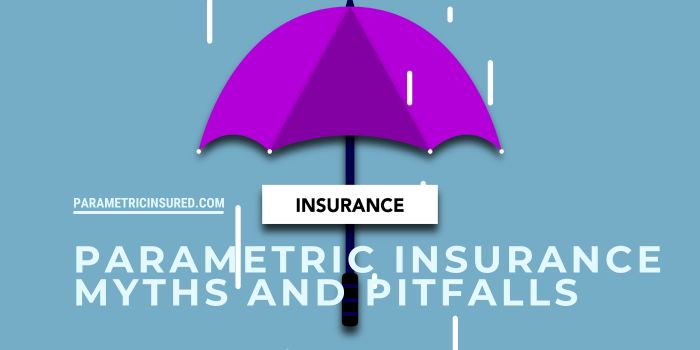Parametric insurance is being hailed as a breakthrough in climate resilience in the United States but trust issues, limited awareness, and structural challenges continue to restrict its broader adoption.

The Myths and Pitfalls of Parametric Insurance
“Parametric insurance claims payment is fast, but it is not foolproof. It pays based on preset triggers, not actual damage. That’s where basis risk comes from,” said John Matthews, a U.S.-based parametric insurance consultant. He pointed to a recent example during a major hurricane event along the Gulf Coast. “Thousands of buildings were damaged, but some policies didn’t pay because wind speeds fell just short of the trigger. No payouts in situations like that create big trust issues,” he explained.
Insurance agents are also hesitant to promote parametric products. “It’s too complex to explain, and commissions are also low,” Matthews noted. “From an insurer’s perspective, those focusing on traditional indemnity products lose access to profitable segments of the portfolio to parametric providers. This compresses margins and reduces overall profitability.”
A Fast Growing Market Despite the Hurdles
Reinsurers in the United States are also cautious. “Data quality, model reliability, and reputational risks are harder to price than with traditional insurance products,” said John Matthews, a U.S.-based parametric insurance consultant. The high cost of quality hazard data and the lack of standardized risk infrastructure in certain regions of the country further complicate the landscape.
Despite these challenges, the sector is growing. Parametric insurance is expanding at nearly 20% annually worldwide, rising from $2 billion in 2015 to over $15 billion today. In the U.S., the growth is being fueled by more frequent and severe climate events, along with improved satellite, sensor, and weather station data.
Smarter Triggers and Transparency: Keys to Wider Adoption
Still, Matthews emphasized that for parametric insurance to scale in the U.S., “we need better data, smarter triggers, and more transparent communication with both policyholders and agents.”
Regulators are starting to respond. “As of 2025, multiple states are reviewing or updating regulations to support parametric insurance and catastrophe bonds,” he said. Several states prone to hurricanes, wildfires, and floods are piloting new models, while others are exploring incentives for catastrophe bond issuances to boost disaster resilience financing.
Parametric Insurance: A Complement, Not a Competitor
From natural disasters to cyber-attacks, organizations across the United States are grappling with increasingly complex and unprecedented challenges. Today’s world is filled with uncertainty, demanding continuous adaptation and innovation to survive. Climate change has intensified the threat landscape for the U.S., bringing more extreme weather events across the country. Coastal states are facing rising sea levels and a higher frequency of hurricanes, while inland regions are seeing more severe floods, heatwaves, and wildfires. In response, the federal government has committed billions of dollars to coastal defense projects, flood mitigation, and wildfire prevention measures. Recent years have also brought record breaking heat in several states, partly fueled by the lingering effects of El Niño and long-term warming trends. These conditions are pushing both public and private sectors to rethink how they prepare for and recover from climate related disasters.
Myth #1: It’s More Expensive Than Traditional Insurance
Not necessarily. Parametric and traditional insurance cover different needs, so cost depends on the situation. In some cases, parametric coverage can actually be cheaper especially when the sum insured is set independently of actual losses, allowing for lower premiums.
Myth #2: It’s Complicated to Understand
It might sound complex because it works differently, but the idea is simple. With parametric insurance, payouts are triggered by agreed conditions like wind speed, rainfall, or quake magnitudeand paid at a set rate. No lengthy loss assessments, just clear rules and faster payouts.
Myth #3: It’s Only for Natural Disasters
While hurricanes, floods, and wildfires are common triggers, parametric insurance can cover much more. Any measurable index tied to risk could work even a cyberattack that halts business operations and causes revenue loss, without damaging property.
Also, Read: